With the allure of nature and the call of the wild, camping remains a favorite activity for many. Among the various types of camping shelters, bell tents stand out for their charming design and spacious interiors. However, as summer temperatures soar, potential and seasoned campers alike often wonder: Are bell tents hot in summer? In this comprehensive guide, we'll explore the materials and design of bell tents, their performance in the heat, and offer practical tips to ensure a comfortable summer camping experience.
Material and Design of Bell Tents
Bell tents are primarily constructed from cotton canvas, a material renowned for its durability and breathability. Unlike synthetic materials that might trap heat, canvas works effectively to moderate temperature. The structure of bell tents features a central support pole, creating a circular, conical shape that facilitates excellent air circulation. Heat rises naturally, and the conical design helps in channeling warm air up and out, which is further aided by strategically placed vents at the top and around the base.
Unique Design Features:
- Vents and Windows: Most bell tents come with zippered windows and air vents equipped with mesh screens. These can be adjusted to balance privacy with optimal airflow.
- Groundsheet: The integrated or detachable groundsheet in bell tents is another crucial element. Detachable groundsheets are particularly useful in summer as they can be partially rolled up to enhance air flow from beneath.

How Temperature Affects Bell Tents in Summer
Despite the natural ventilation systems provided by their design, bell tents can still accumulate heat when exposed to direct sunlight for prolonged periods. The canvas, while breathable, is thick and treated for water resistance, which can sometimes hinder its ability to vent internal heat efficiently.
Temperature Dynamics:
- Morning: Bell tents typically remain cool in the morning if night-time temperatures drop significantly.
- Midday to Afternoon: As the sun climbs, temperatures inside can spike, especially if the tent is exposed to direct sunlight without any shade.
- Evening: As external temperatures decline, the canvas tent gradually releases the stored heat, returning to a more comfortable temperature.
Tips to Keep a Bell Tent Cool in Summer
To maximise the comfort of your bell tent during hot weather, consider the following strategies:
Strategic Placement
- Natural Shade: Whenever possible, position your tent under natural shade from trees, which not only block direct sunlight but also contribute to cooler ground temperatures around your tent.
- Orientation: Face the door and windows north or northeast to catch the cooler, morning sunlight and avoid the hotter late afternoon sun.
Enhance Ventilation
- Cross Ventilation: Use all available vents and windows to create a cross breeze. Positioning a small, battery-operated fan near an open window can help pull fresh air through the tent.
- Heat Rising Strategy: Utilize the design of the tent; keep the apex vent open throughout the day to allow hot air to escape.
Reflective and Cooling Aids
- Reflective Covers or Tarps: Placing a reflective cover or tarp over the tent can significantly reduce the amount of heat absorbed by the canvas.
- Cooling Devices: Consider using a portable air conditioner or an evaporative cooler if electricity is available. These can dramatically improve the interior climate of a bell tent.

Bell tents are an excellent choice for summer camping, offering a blend of style, space, and relative comfort compared to other tent types. While they can get warm during peak summer days, implementing effective cooling strategies can greatly enhance your camping experience. Remember, the key to comfortable summer camping is preparation and understanding the capabilities and limitations of your equipment.


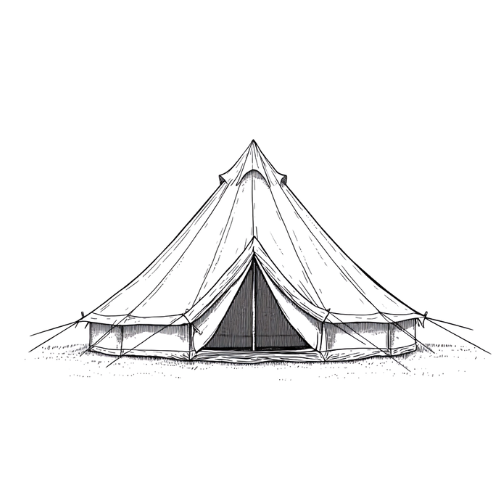 Canvas Bell Tents
Canvas Bell Tents Bell Tent Accessories
Bell Tent Accessories
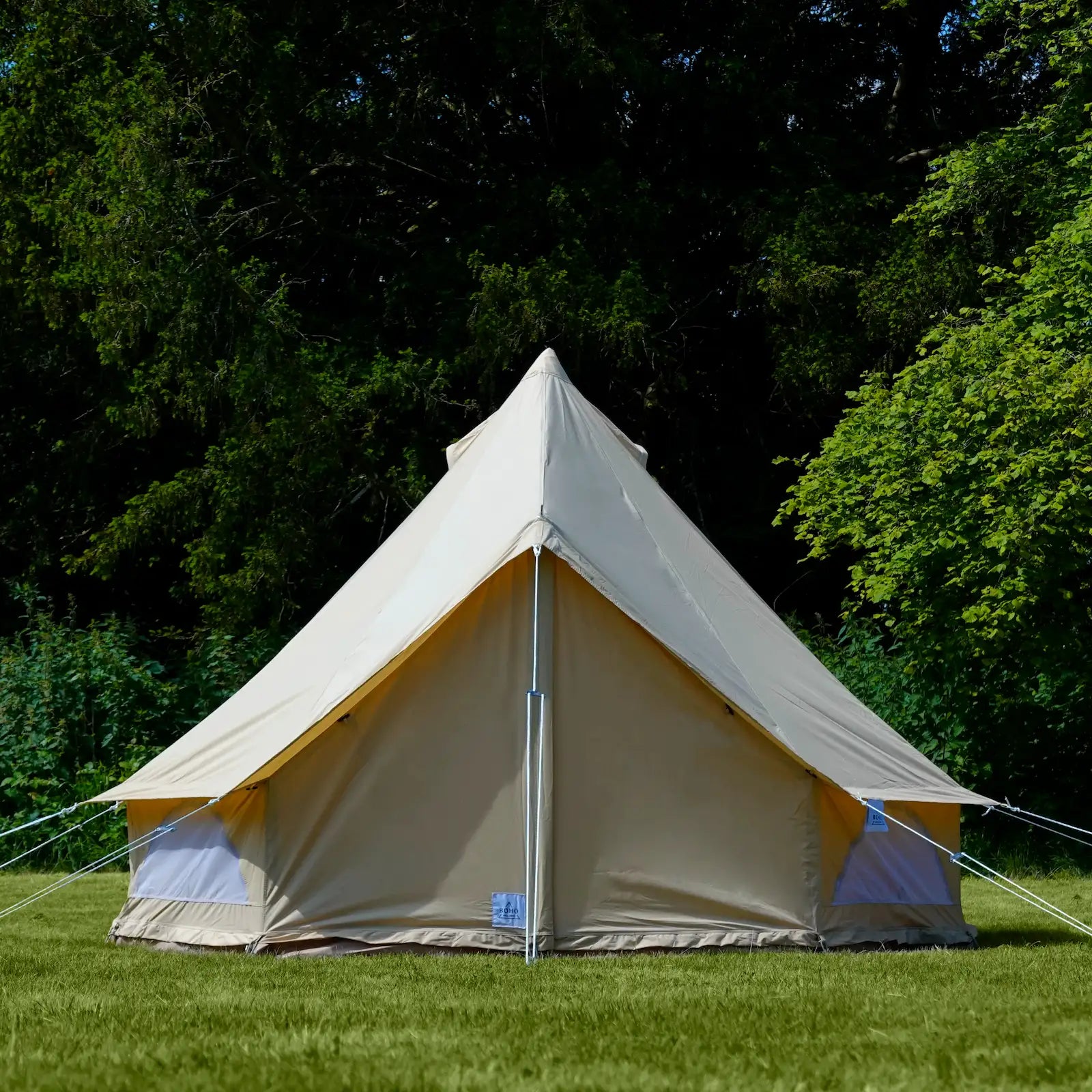
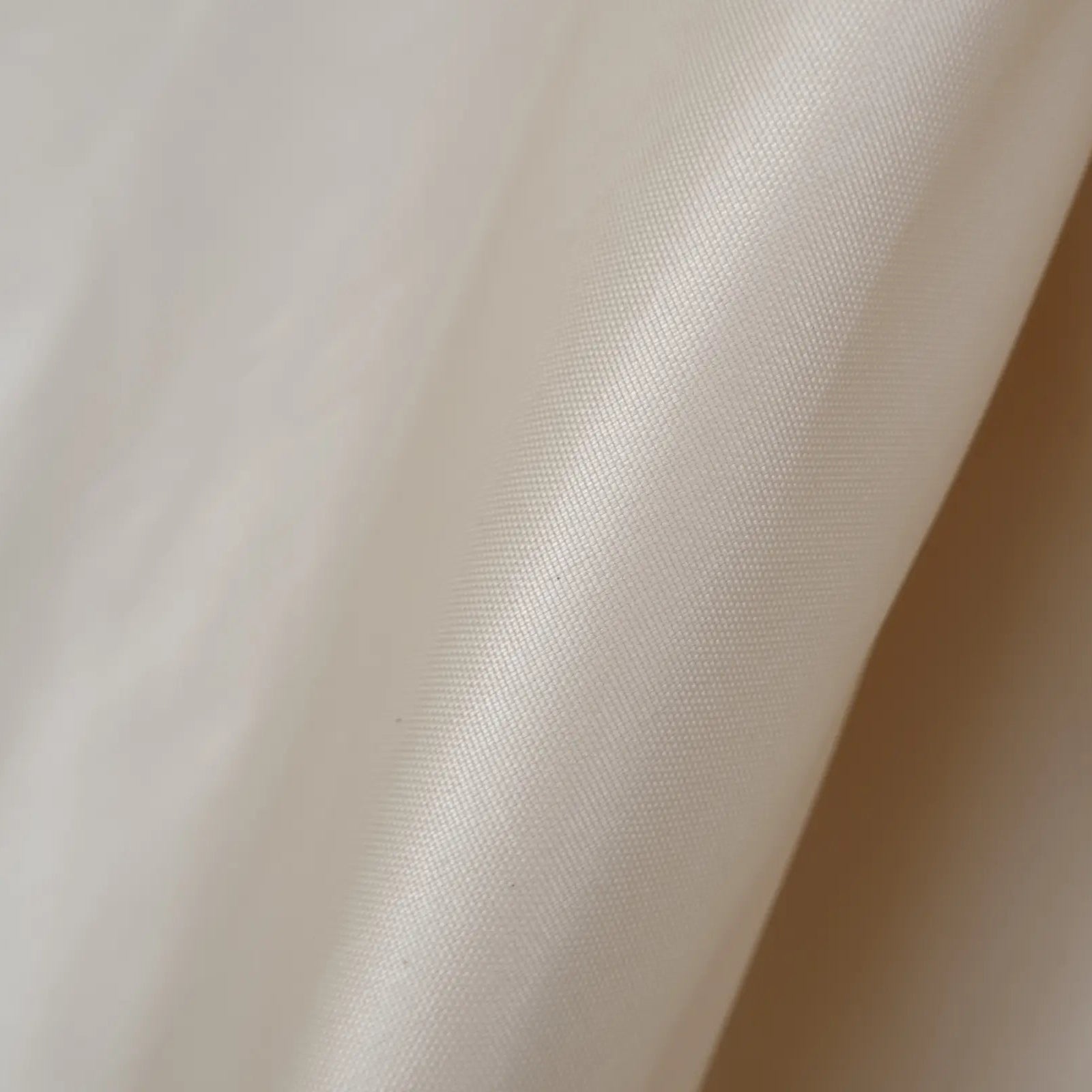

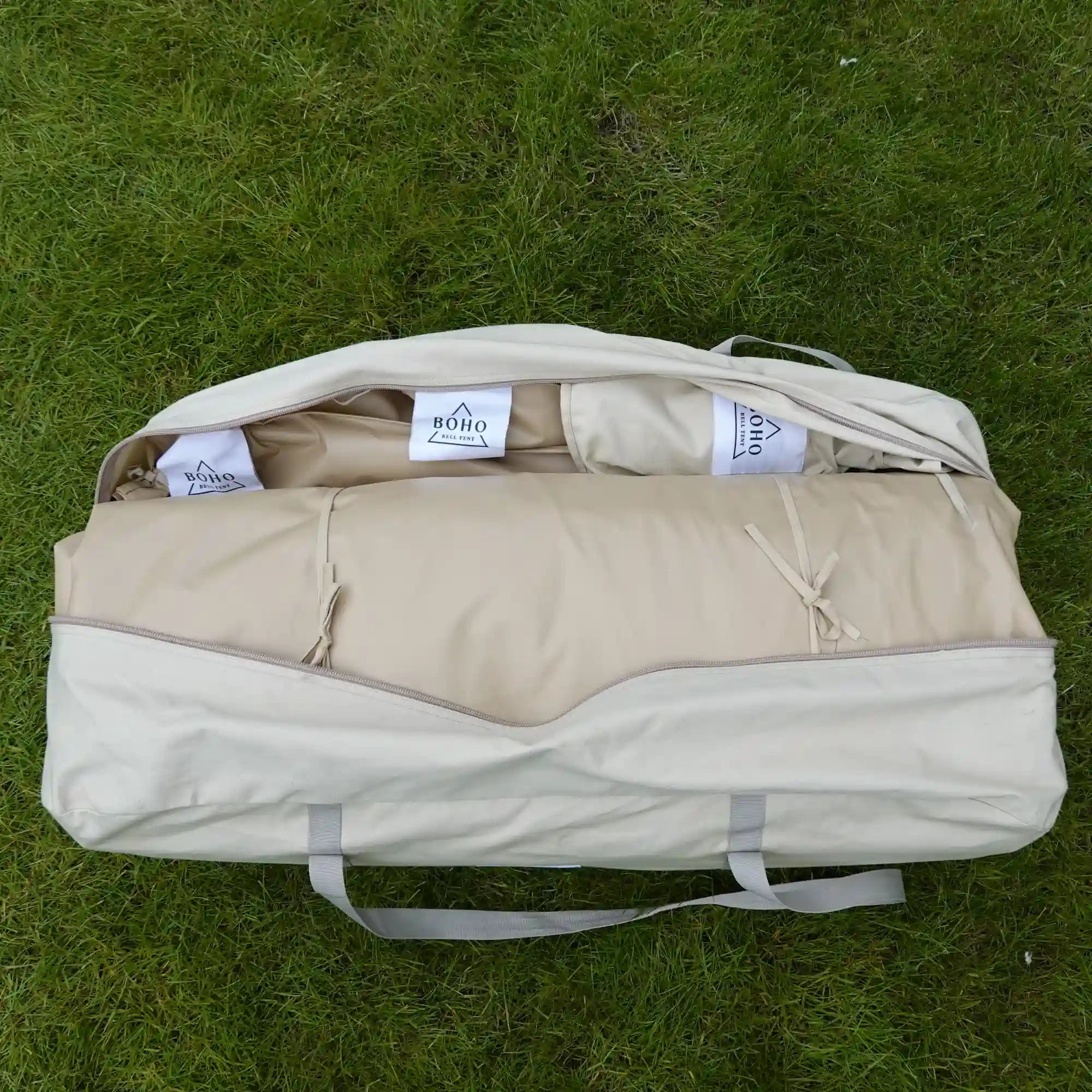
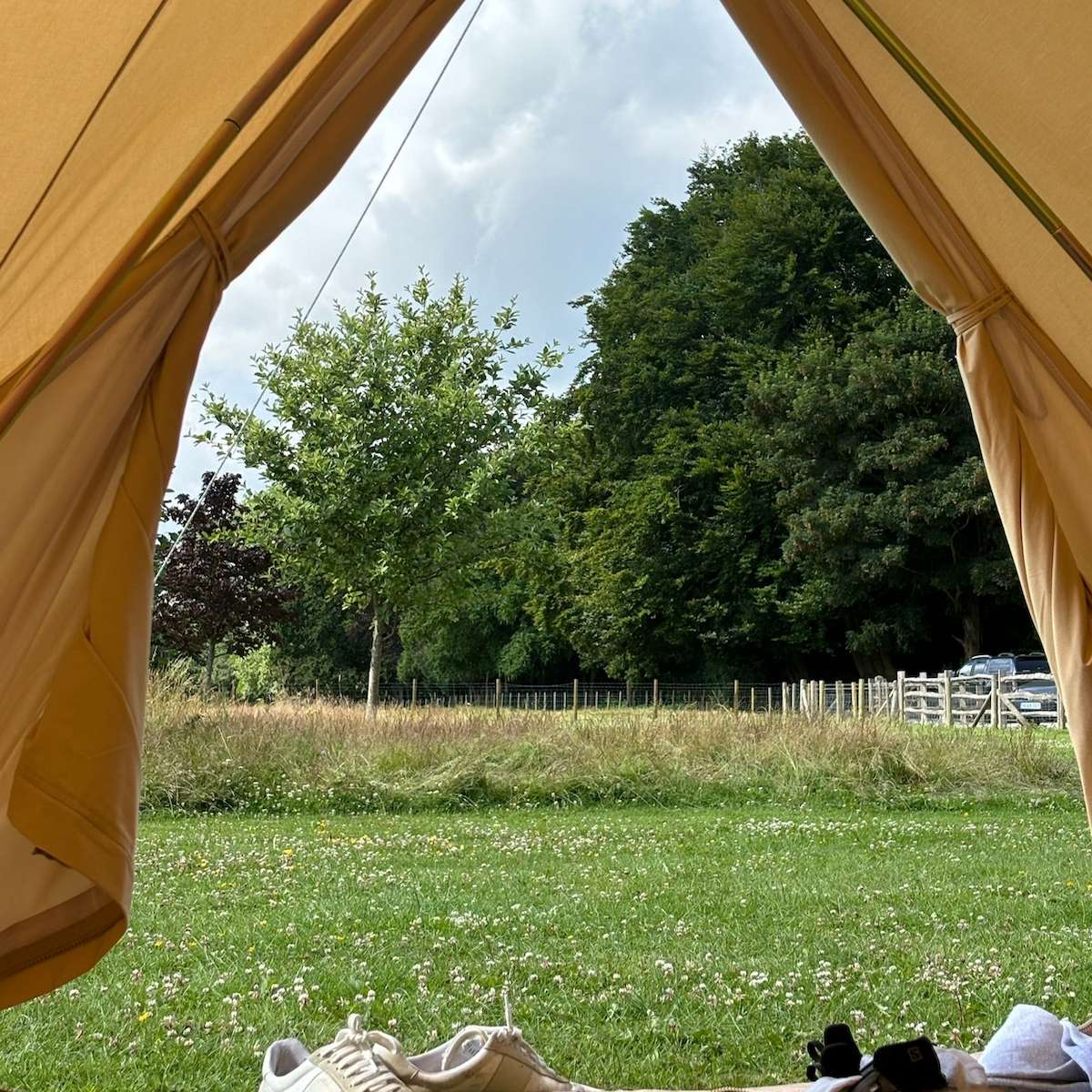
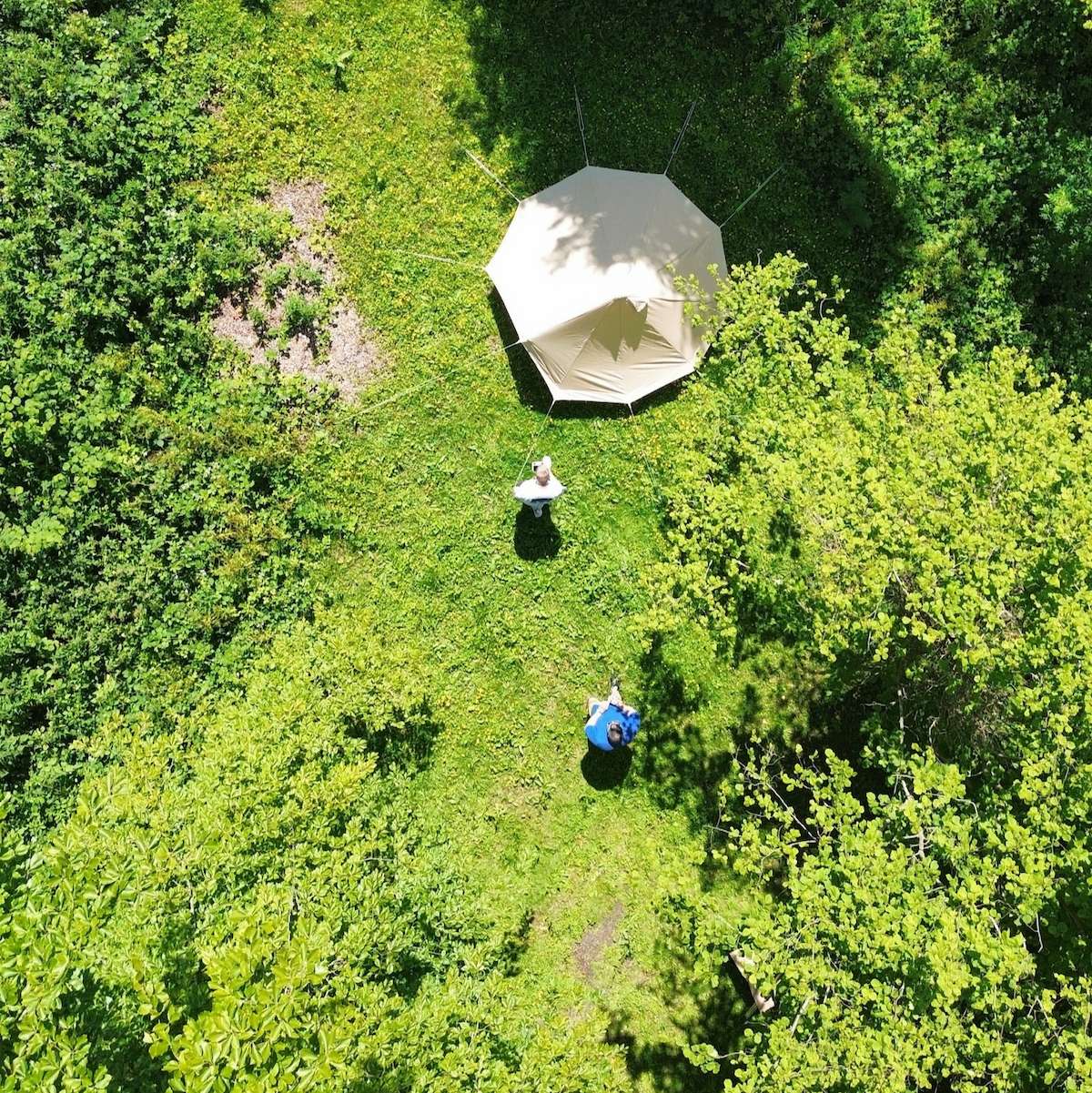

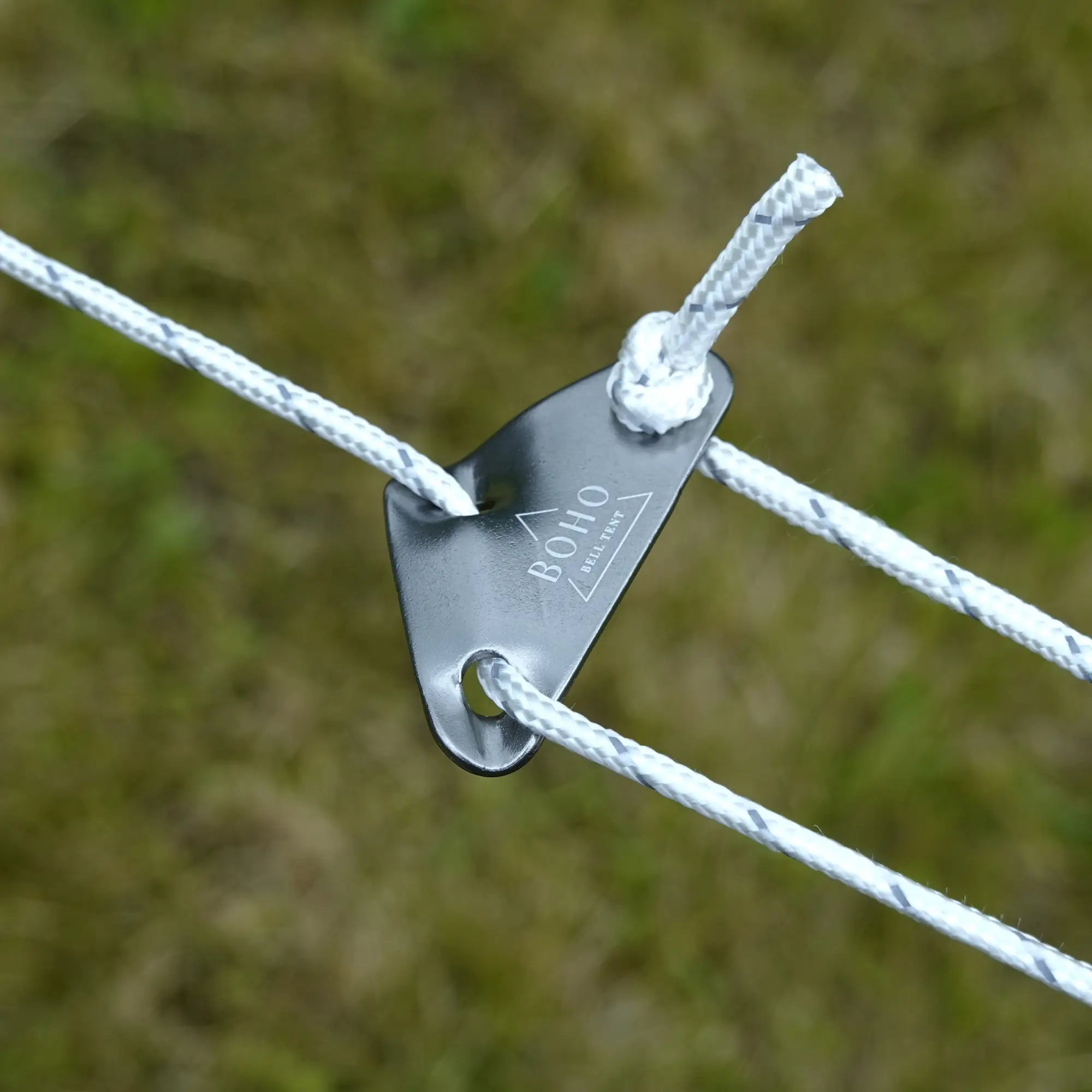
At Boho Bell Tent, we’ve helped hundreds of customers find the perfect setup for festivals, weddings, and off-grid escapes. So if you need any help at all, be sure to reach out!
Share:
How to weather a Bell Tent?
How to Decorate Your Bell Tent